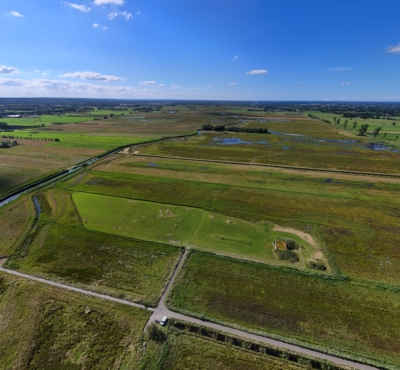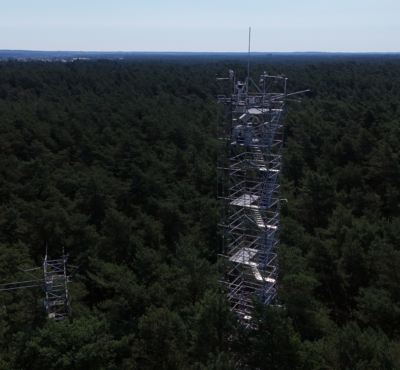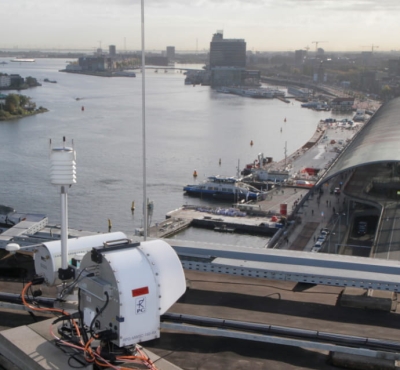Our sites
The Meteorology and Air Quality section runs three sites, where we collect meteorological and air quality measurements. The three sites are carefully chosen to represent the most frequent land cover types in the Netherlands: Veenkampen has grassland on peat, Loobos has Pine forest and Amsterdam as urban conglomeration. In general, we aim at collecting information about the role of these land areas for (micro-)meteorology, the carbon cycle, water use, as well as deposition and release of air quality components.
Data analysis
We study the spatiotemporal behaviour of the weather and the evolution of the climate. We also analyse the exchange of heat, water vapour, carbon dioxide between the land surface and the atmosphere.
The collected data are, for example, used to calculate how much carbon has been stored at the site and at what cost of water. And what were the meteorological and soil conditions. With this combination, we can study how the carbon uptake depends on weather and climate conditions. With increasing frequency of climate extremes, we want to tell how stable the carbon storage will be in the future.
Data use
The data collected at the three sites are also used in atmospheric modelling studies. We run different types of atmosphere models, for example, the atmospheric boundary layer (CLASS), the Dutch Atmospheric Large Eddy Simulation model (DALES), the mesoscale atmosphere model WRF, the vegetation carbon model SiB4, the inverse model CarbonTracker and many more. Our data provide the information to verify whether the models are doing a realistic job or that the models misrepresent a particular process.
We also provide the data as a service for weather forecasting and studies about e.g. solar and wind energy, energy transition, urban design.
Experiments
The field sites play an important role in our education programme. BSc and MSc Students Soil Water Atmosphere, Environmental Sciences, Earth and Environment and Climate Studies are introduced into taking field measurements and they do experiments. A few times per year, we discover that we have missed a particular process or we discover a new measurement method. Then our field sites function as experimental location, often yielding new insights, which will be implemented in our understanding and find its way in the models to better describe weather, air quality and the carbon cycle.


